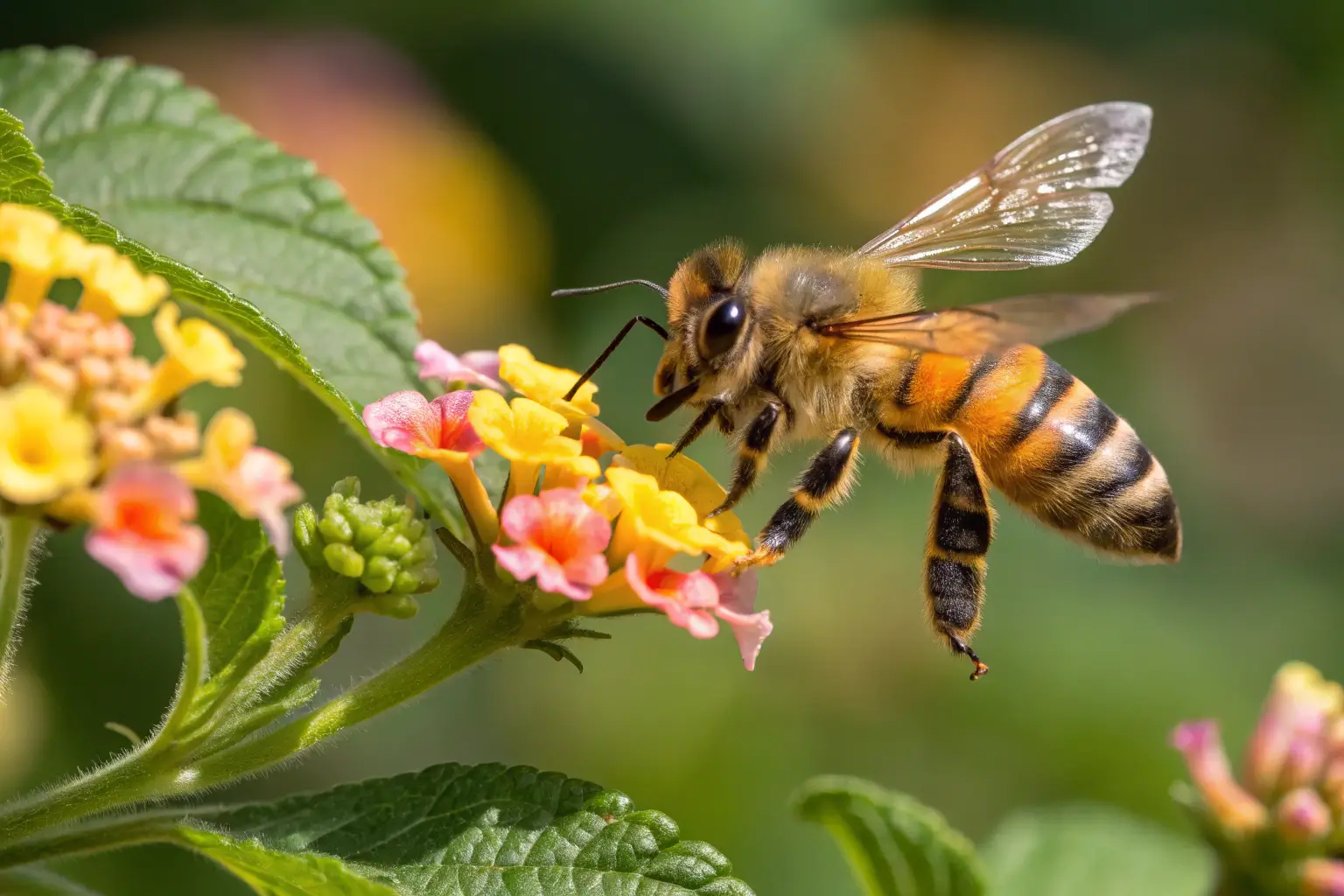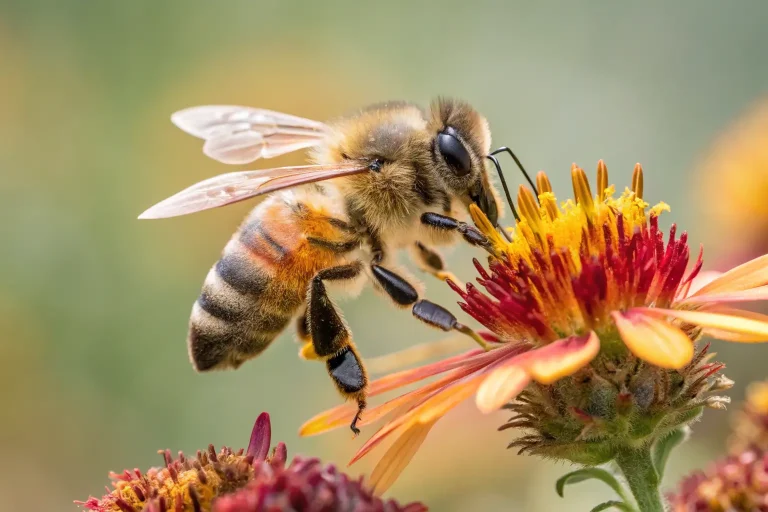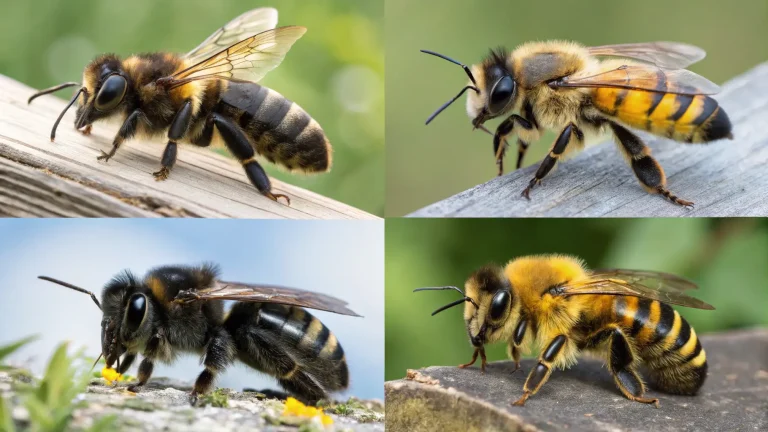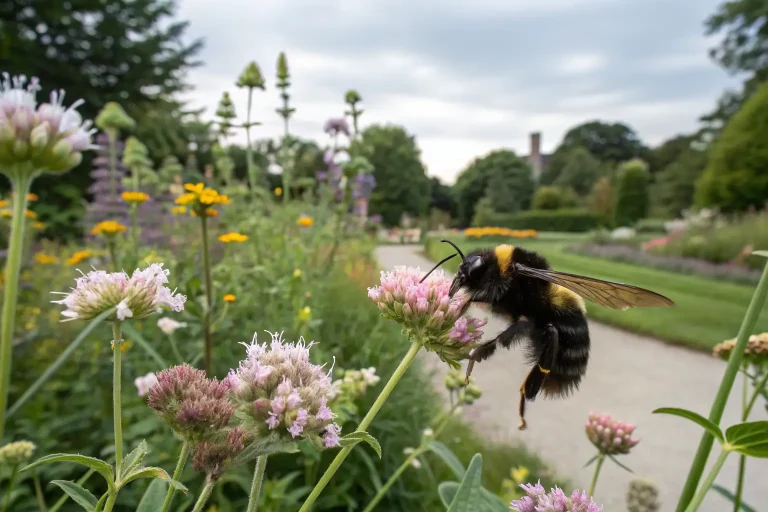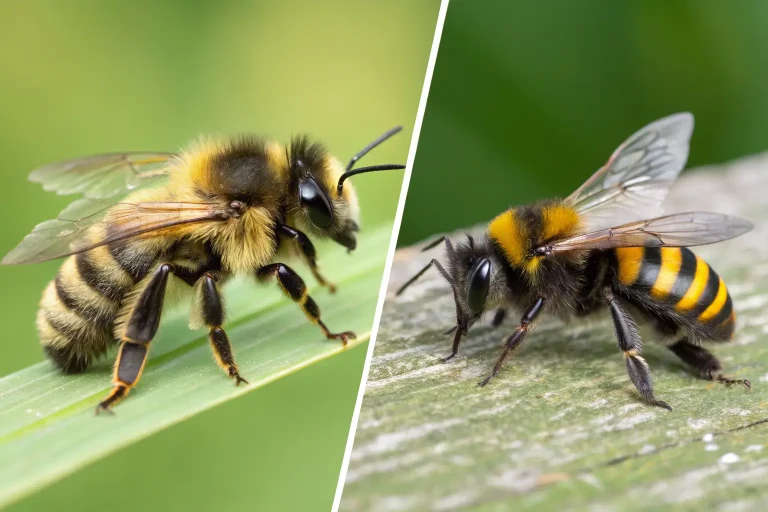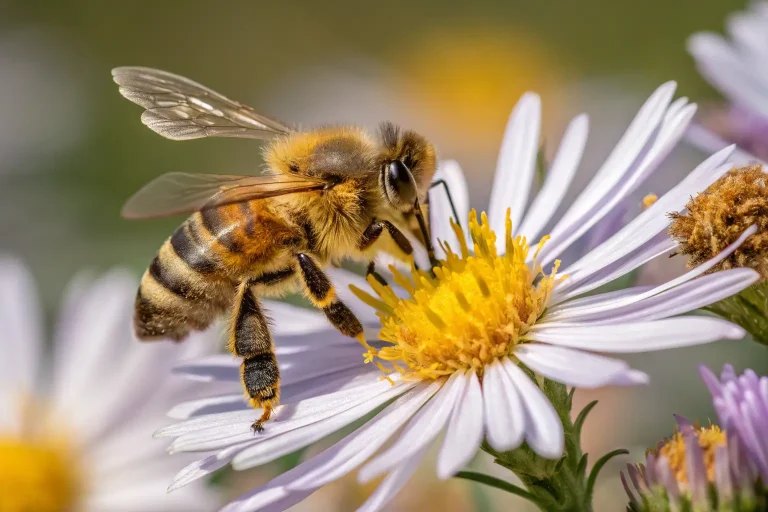Honeybee Canyon Exploration: 7 Must-See Spots for Nature Lovers
Seeking a wild escape? Dive into honeybee canyon’s secrets with our guide to 7 spots every nature lover must visit. Perfect for hiking enthusiasts. Discover now!
Introduction
Nestled in the heart of Arizona’s Sonoran Desert, Honeybee Canyon stands as a testament to nature’s resilience and beauty. This hidden gem, with its winding trails and diverse ecosystem, offers an unparalleled experience for hikers, naturalists, and adventure seekers alike. Honeybee Canyon’s unique landscape, carved by ancient waterways and adorned with desert flora, creates a stark contrast against the backdrop of rugged mountains, making it a photographer’s paradise and a sanctuary for those seeking solitude.
The canyon derives its name from the abundant honeybee populations that once inhabited its rocky crevices, pollinating the vibrant wildflowers that bloom after seasonal rains. Today, Honeybee Canyon serves as a critical wildlife corridor in the Tucson area, preserving biodiversity while offering visitors a chance to connect with nature’s wonders. Whether you’re an experienced hiker or a casual nature enthusiast, the canyon’s accessible trails and varied terrain provide opportunities for exploration at every skill level.
Did you know? Honeybee Canyon contains petroglyphs estimated to be over 1,000 years old, left by indigenous peoples who recognized the area’s importance long before modern conservation efforts began.
1. The Mesquite Bosque Trail
The Mesquite Bosque Trail represents Honeybee Canyon’s ecological crown jewel, where velvet mesquite trees form a dense, shaded canopy—a rare sight in desert environments. This lush microhabitat along the canyon’s wash demonstrates nature’s ingenuity, as mesquites tap into underground water sources with roots extending up to 160 feet deep.
Visiting in early morning offers the best wildlife viewing opportunities, as desert cottontails, Gambel’s quail, and occasionally javelina emerge to forage among the mesquite pods. The dappled light filtering through the twisted branches creates an almost magical atmosphere, particularly during golden hour when the sunlight turns the leaves a luminescent green-gold.
The trail itself is relatively flat and winds for approximately 0.8 miles through the bosque, making it accessible for most fitness levels. Interpretive signs highlight the ecological importance of mesquite trees to native peoples, who utilized every part of these versatile plants for food, medicine, tools, and shelter.
“The Mesquite Bosque at Honeybee Canyon represents one of the most intact riparian woodland areas in the greater Tucson region, supporting over 40 bird species in a relatively small area.” – Arizona Native Plant Society
2. Honeybee Spring Overlook
Perched above the main wash, the Honeybee Spring Overlook provides panoramic views that capture the canyon’s dramatic geology and subtle color palette. This elevated vantage point, accessible via a moderate 1.2-mile climb, rewards hikers with sweeping vistas of the Santa Catalina Mountains to the north and the canyon’s intricate drainage system below.
The spring itself, which gave Honeybee Canyon its life-supporting waters, emerges from a fault line in the limestone layers. Though seasonal in nature, the spring’s influence on the surrounding vegetation is evident year-round. Desert-adapted plants like ocotillo, barrel cactus, and palo verde trees create a striking contrast against the rocky backdrop.
For photographers, the overlook offers ideal lighting conditions during the “blue hour” just after sunset, when the canyon walls reflect soft indigo tones and the distant mountains turn purple against the darkening sky. Stargazers also favor this spot for its minimal light pollution and unobstructed horizon views.
Bring binoculars to spot elusive wildlife like mule deer, which often visit the spring area at dawn and dusk, or red-tailed hawks soaring on thermals above the canyon.
3. Petroglyph Ridge
Perhaps the most culturally significant area within Honeybee Canyon, Petroglyph Ridge contains dozens of ancient rock art panels created by Hohokam peoples between 450-1450 CE. These fascinating carvings offer glimpses into pre-Columbian life and spiritual practices, depicting geometric patterns, anthropomorphic figures, and wildlife native to the region.
The 0.5-mile trail to Petroglyph Ridge climbs moderately over rocky terrain, requiring sturdy footwear and careful attention to trail markers. Conservation efforts have included creating viewing platforms that allow visitors to observe the petroglyphs without damaging these irreplaceable cultural treasures.
Archaeological studies suggest the area served as both a seasonal gathering place and potentially a solar observation site, as certain petroglyphs align with solstice and equinox light patterns. The ridge’s strategic location also provided ancient inhabitants with views across the valley floor—an important consideration for both hunting and security.
Visitors should note that touching petroglyphs is strictly prohibited, as oils from human skin accelerate deterioration of these fragile artworks. Photography without flash is permitted and encouraged for documenting these historical wonders.
4. The Riparian Reserve
The Riparian Reserve represents Honeybee Canyon’s ecological heart, where seasonal water flow creates a verdant oasis supporting dramatically different plant communities than the surrounding desert uplands. This lush corridor stretches for approximately one mile along the main wash, featuring cottonwoods, willows, and desert hackberry trees that provide crucial habitat for migratory birds.
During spring and early summer, the Reserve explodes with wildflowers—desert mariposa lilies, Mexican gold poppies, and lupines create carpets of color against the sandy wash. Butterfly enthusiasts particularly value this area for spotting species like the Two-tailed Swallowtail and Queen butterfly, which rely on specific host plants found in this microhabitat.
The Reserve’s trail system includes elevated boardwalks in sensitive areas, protecting delicate root systems while allowing visitors intimate access to this unique ecosystem. Interpretive displays explain the water harvesting techniques employed by both wildlife and ancient peoples, who recognized the canyon’s hydrological significance.
“Riparian areas comprise less than 1% of Arizona’s landscape yet support over 80% of wildlife diversity, making Honeybee Canyon’s Riparian Reserve disproportionately important for conservation efforts.” – Sonoran Desert Conservation Plan
5. Saguaro Vista Point
No visit to Honeybee Canyon would be complete without experiencing Saguaro Vista Point, where dozens of towering saguaro cacti create an iconic southwestern landscape. These majestic plants, which can live up to 200 years and reach heights of 40-60 feet, stand as silent sentinels across the ridgeline overlooking the canyon.
The 1.5-mile trail to the Vista Point climbs steadily through different elevation zones, showcasing how vegetation changes with subtle shifts in topography and exposure. The journey represents a botanical timeline—younger saguaros with their unbranched columns contrast with ancient, many-armed patriarchs that have witnessed centuries of desert history.
Saguaro Vista Point offers exceptional photographic opportunities, particularly at sunrise when the first light illuminates the cacti from the east, creating dramatic silhouettes and long shadows across the desert floor. During late spring (May-June), visitors might witness the spectacular night-blooming of saguaro flowers, which open after sunset and close by mid-morning.
The Vista Point also provides excellent bird-watching opportunities, as Gila woodpeckers and gilded flickers have excavated nesting cavities in many of the mature saguaros, creating crucial breeding habitat in this treeless environment.
6. Desert Tortoise Habitat
The protected Desert Tortoise Habitat within Honeybee Canyon offers visitors rare glimpses of these ancient reptiles that have inhabited the Sonoran Desert for millions of years. The Sonoran desert tortoise (Gopherus morafkai), a species of special concern, finds sanctuary in this carefully managed 20-acre preserve.
A gentle 0.7-mile interpretive loop meanders through prime tortoise habitat, featuring educational stations that explain these animals’ remarkable adaptations to extreme desert conditions. Tortoises can go without water for up to a year by storing it in their bladders and extracting moisture from desert plants. They dig elaborate burrows that maintain relatively stable temperatures and provide shelter for numerous other species—earning them the title “ecosystem engineers.”
The best times for spotting these elusive creatures are early mornings during spring and fall when they emerge from their burrows to forage on desert plants. Rangers occasionally lead guided “tortoise talks” during peak seasons, providing deeper insights into conservation challenges facing these vulnerable reptiles.
Visitors are reminded to maintain at least 50 feet distance from any tortoises encountered, as human disturbance can cause them to void their precious water reserves in stress response—a potentially fatal loss in drought conditions.
7. Ancient Geology Expo
The Ancient Geology Expo represents Honeybee Canyon’s scientific treasure trove, where 280-million-year-old limestone formations reveal fossilized marine organisms from when Arizona lay beneath a shallow sea. This 1.3-mile self-guided trail features exposed rock layers that tell Earth’s history through clearly marked geological timelines.
Particularly fascinating are the visible fault lines where tectonic forces have twisted and uplifted ancient seabeds, creating the dramatic topography that defines the canyon today. Careful observers can spot marine fossils including brachiopods, crinoids, and occasionally ammonites embedded in limestone outcrops.
The trail includes several “touch and feel” stations where visitors can handle non-sensitive rock samples representative of different geological periods. Explanatory panels decode the complex forces that shaped this landscape—volcanic activity, erosion, and the powerful action of water that carved the canyon over millions of years.
For geology enthusiasts, the exposed cross-section of rock strata represents one of the most accessible and comprehensive visual timelines of southwestern geological history, spanning from the Permian period to recent Quaternary deposits.
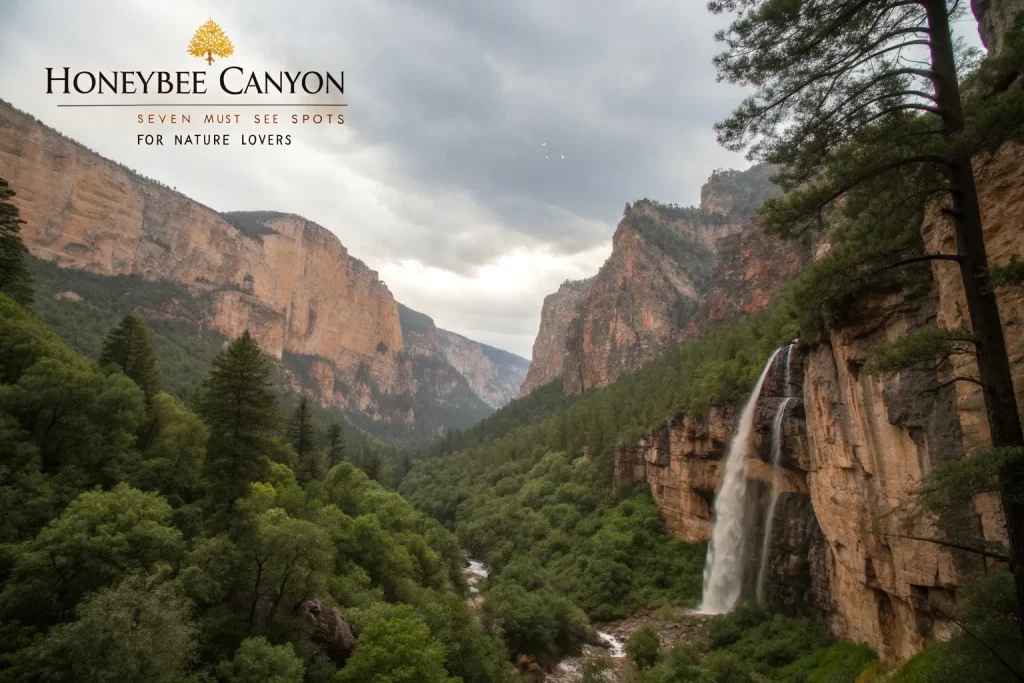
Conservation Status
Honeybee Canyon’s protected status exists thanks to community-led conservation initiatives in the late 1990s, when development threatened to encroach upon this desert treasure. Today, the canyon forms part of Pima County’s Natural Preserve system, with management focused on balancing recreational access with ecological preservation.
Several threatened and vulnerable species find refuge within the canyon’s diverse habitats, including the cactus ferruginous pygmy-owl, lesser long-nosed bat, and numerous sensitive plant species like the Pima pineapple cactus. Ongoing monitoring programs track population trends and habitat conditions to inform adaptive management strategies.
Climate change presents significant challenges for Honeybee Canyon’s future, with predictions of increased drought severity potentially altering vegetative communities and water availability. Conservation biologists have established climate monitoring stations throughout the canyon to document shifts in temperature, precipitation patterns, and plant phenology.
Visitors can support conservation efforts through volunteer opportunities including trail maintenance, invasive species removal, and citizen science projects that help researchers track wildlife populations and flowering timelines.
Visiting Tips for Nature Lovers
Best Times to Visit
Honeybee Canyon experiences extreme summer heat (often exceeding 100°F/38°C from June through September), making October through April the ideal visiting season. Spring (March-April) brings spectacular wildflower displays following winter rains, while November offers comfortable temperatures and excellent wildlife viewing opportunities as animals prepare for winter.
Early morning (6-9 AM) provides optimal conditions for both wildlife observation and photography, as desert creatures are most active before the day’s heat builds. The quality of light during these hours also enhances the canyon’s stunning color palette.
Essential Gear
- Water: Carry at least one gallon (4 liters) per person for day hikes, regardless of season
- Sun protection: Wide-brimmed hat, sunglasses, and SPF 30+ sunscreen
- Proper footwear: Closed-toe hiking shoes or boots with ankle support
- Navigation: Trail maps are available at the visitor center, but downloading offline maps is recommended as cell service is spotty
- First aid supplies: Including tweezers for potential cactus spine encounters
Trail Etiquette
Honeybee Canyon’s fragile desert ecosystem requires mindful visitation practices. Always stay on designated trails to prevent soil compaction and damage to cryptobiotic soil crusts—living communities of cyanobacteria that prevent erosion and can take decades to regrow if disturbed.
Practice “Leave No Trace” principles by packing out all waste, including apple cores and orange peels, which are not native to the desert environment and can take years to decompose in arid conditions.
Photography enthusiasts should avoid removing or rearranging natural objects for compositions—even moving rocks can destroy microhabitats for desert creatures and disturb archaeological contexts.
Conclusion
Honeybee Canyon stands as a testament to the resilience and diversity of Sonoran Desert ecosystems, offering visitors much more than scenic vistas. Each of the seven highlighted locations represents a different facet of this remarkable landscape—from ancient cultural connections to geological wonders spanning millions of years.
As climate change and development pressures continue to transform southwestern landscapes, preserves like Honeybee Canyon become increasingly valuable as living laboratories and spiritual refuges. By experiencing these seven must-see spots, visitors gain not just memories of spectacular scenery but deeper understanding of desert ecology and humanity’s long relationship with these seemingly harsh but incredibly rich environments.
Your journey through Honeybee Canyon can contribute to its preservation through responsible visitation practices, supporting local conservation organizations, or participating in citizen science initiatives that help researchers monitor this fragile ecosystem. In doing so, you become part of the canyon’s ongoing story—a narrative spanning millions of years yet vulnerable to human choices made today.
Frequently Asked Questions
How difficult are the hiking trails in Honeybee Canyon?
Honeybee Canyon offers trails ranging from easy to moderate difficulty. The Mesquite Bosque Trail and Riparian Reserve paths are relatively flat and suitable for most fitness levels, while trails to Saguaro Vista Point and Honeybee Spring Overlook involve moderate elevation gain (200-400 feet) over 1-2 miles. None of the main trails require technical climbing skills, though sturdy footwear is recommended for all routes due to rocky sections.
Is there an entrance fee to visit Honeybee Canyon?
Honeybee Canyon currently operates on a donation-suggested basis rather than mandatory fees. Recommended donations of $3-5 per person help support trail maintenance, habitat restoration, and educational programs. Annual passes are available for frequent visitors ($25 individual/$40 family), providing support for conservation initiatives while offering perks like guided hike priority registration.
Can I bring my dog to Honeybee Canyon?
Dogs are permitted on most Honeybee Canyon trails but must remain leashed (maximum 6-foot leash) at all times to protect wildlife and prevent habitat damage. Dogs are prohibited on the Desert Tortoise Habitat trail due to sensitive species concerns. Owners must pack out all pet waste, and it’s advisable to bring extra water for your four-legged companions as well as protective booties for hot weather months when ground temperatures can exceed 150°F.
What wildlife might I encounter in Honeybee Canyon?
Honeybee Canyon supports rich biodiversity including mule deer, javelina (collared peccary), coyotes, desert cottontails, and numerous reptile species. Bird enthusiasts can spot Gambel’s quail, roadrunners, cactus wrens, and several raptor species including Cooper’s hawks and American kestrels. Dawn and dusk provide best wildlife viewing opportunities. While rattlesnakes inhabit the canyon, they generally avoid human contact—remain alert on trails and never place hands or feet where you cannot see first.
Is Honeybee Canyon suitable for children?
Absolutely! Honeybee Canyon offers several family-friendly options perfect for introducing children to desert ecosystems. The Riparian Reserve and Mesquite Bosque trails provide relatively short, shade-accessible options with high wildlife viewing potential. The visitor center offers free “Junior Naturalist” backpacks containing magnifying glasses, wildlife identification cards, and activity books designed for young explorers. Consider visiting during cooler morning hours and plan shorter routes (under 2 miles) for younger children.

